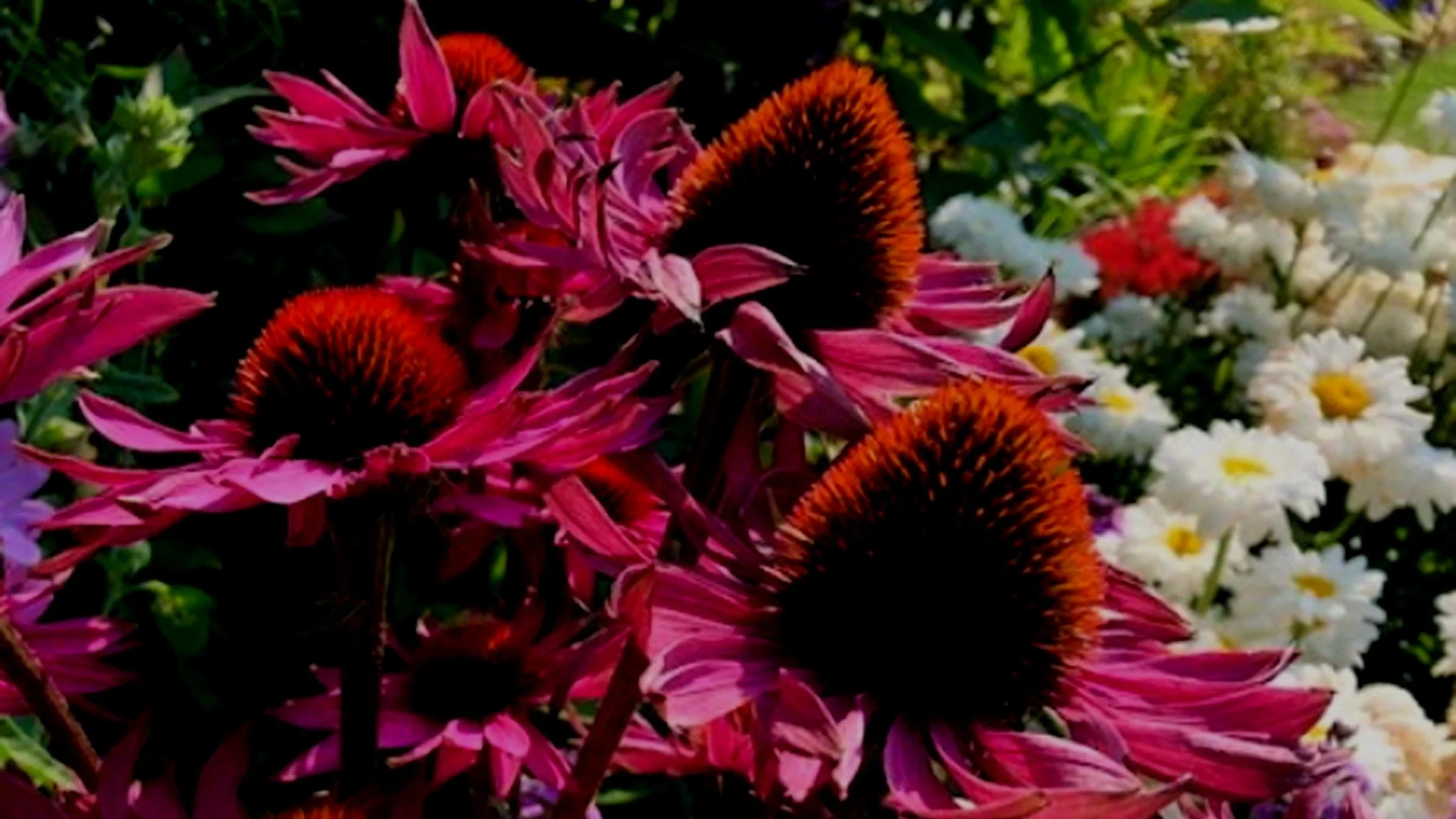Growing fruit trees in our own backyards can be lots of fun and nutritionally rewarding. It does, however, take some time and effort to be successful and a willingness to accept less than perfect (blemish-free) produce. If you have any interest in growing your own fruit, then these next two months are prime time to take action. Fruit trees come into the garden centers only once a year and when they are gone, the show is over for another 12 months. Here are my “Cliffs Notes” to consider before you impulsively put a bagged fruit tree into your shopping cart while at the box store picking up your 30 rolls of toilet paper.
Location: Fruit trees need full sun and good drainage, it’s that simple.
Choose the best varieties: Trust your local garden center to know what varieties grow best in our marine climate.
Pay attention to root stocks: With today’s smaller yards, it just makes sense to stick with a dwarf root stock. Look for information that indicates a tree is on a dwarf root stock.
Pollination: This can be mind boggling. Self-pollinating trees include peaches, European plums (think Italian prunes), and most cherries. This means you can get away with only planting one. All the others - most apples, pears and Japanese plums - require that you plant two or more different varieties of each. Remember, apples only pollinate apples, pears only pollinate pears, etc. If you plant one plum, an apple, one pear and a cherry they will not all pollinate each other. It unfortunately just doesn’t work that way.
Planting and Spacing: Follow good planting practices and space your trees 10 to 15 feet apart.
Watering: New trees need more water more frequently, while older established trees may be fine with only once or twice a month in the summer.
Feeding: Feed them with a good quality organic fertilizer in the spring.
Thinning the fruit: This is rarely ever done, myself included! For apples, do it within 40 days of full bloom and leave the King bloom (that’s the biggest apple in the cluster) alone. For pears, do it within 60 days of full bloom and save the middle fruit in the cluster, especially for Asian pears. For peaches, try to thin to 4 to 6 inches apart.
Harvest: The best method is to taste. Cherries, plums, apples and Asian pears will ripen on the tree while European pears have to be picked green and allowed to ripen off the tree.
Insects: Apple trees tend to get codling moths and it is best to monitor this with traps and spray 2 weeks after petals fall. Apples also tend to get Apple Maggots and you can use booties to prevent infestation and/or traps. Pears usually get codling moths too as well as pear slugs, along with cherry trees and plums. All fruit trees run the risk of getting aphids, mites, scale and thrips. These issues, along with the pear slugs, can be treated with dormant sprays (actually delayed dormant sprays) - such as oils, sulfur or copper. I personally prefer to use sulfur for pears and apples and copper for all the stone fruits. Be sure to apply sprays again in the summer, as needed. There are some diseases that may occur on fruit trees and it is best to get those diagnosed (usually with a photo) by a nursery professional so they can help you with how best to treat the issue.
Pruning: Train your fruit trees for the first two years. Once a main branching pattern is established, then only prune for fruit production. You want to prune in the winter and again in the summer and you’ll want to know where the fruit is produced before pruning. For pears, apples, cherries and European plums, they produce on 2 to 3 year-old wood For peaches and Japanese plums, it would be last year’s wood.
Now that you have read all of this, hopefully I haven’t completely turned you off from ever growing a fruit tree. The truth is that it isn’t really all that difficult to be successful and no one ever has to deal with all of the above issues all the time. You will learn as you go what tasks are important for your specific garden and trees. The important thing now is to take that first step in growing your own food and purchase your tree before they are all gone! Stay safe and keep on gardening.


